Grass Installation
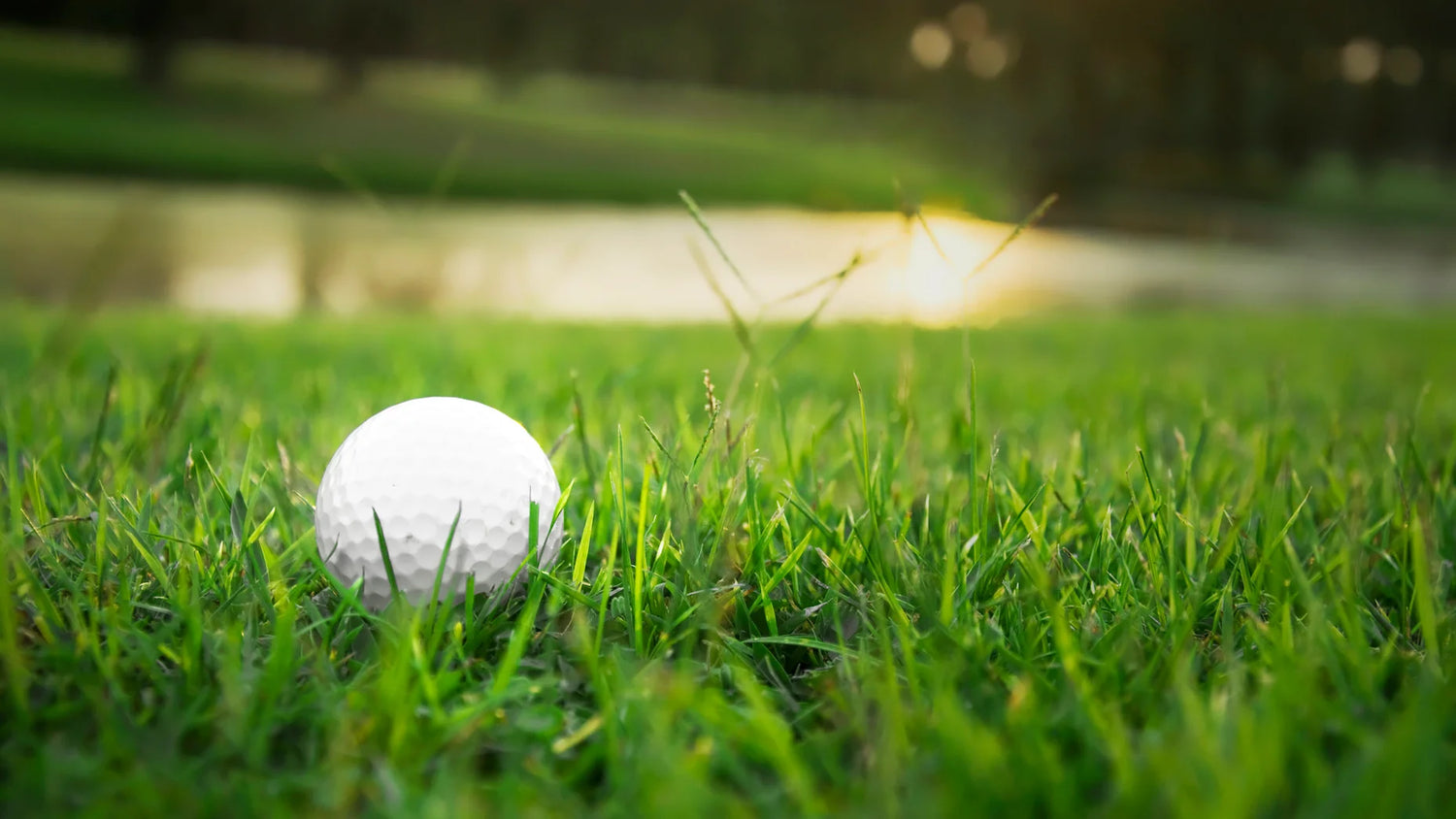
Bermuda Grass (American Grass)
MAINTENANCE NEEDS
All lawn grasses require mowing and fertilizing, but they vary significantly in those needs. Matching your grass to desired maintenance levels helps keep lawn care from becoming a burden. Bermudagrass is the fastest growing common warm-season lawn grass.
HEAT TOLERANCE
Bermudagrass is extremely heat tolerant — daytime temperatures of 28 to 40 degrees Celsius are optimal. Bermudagrass yields dense, resilient, heat-tolerant lawns.
DROUGHT TOLERANCE
Deep extensive roots of many warm-season grasses help them withstand drought better than other grasses. Most lawn grasses typically need at least 1 inch of water from rainfall or irrigation per week. During extended dry periods, even drought-tolerant Bermudagrass may need 1 to 1 1/2 inches per week to stay green and growing. Without enough water, they may enter a period of protective dormancy and go brown until water returns.
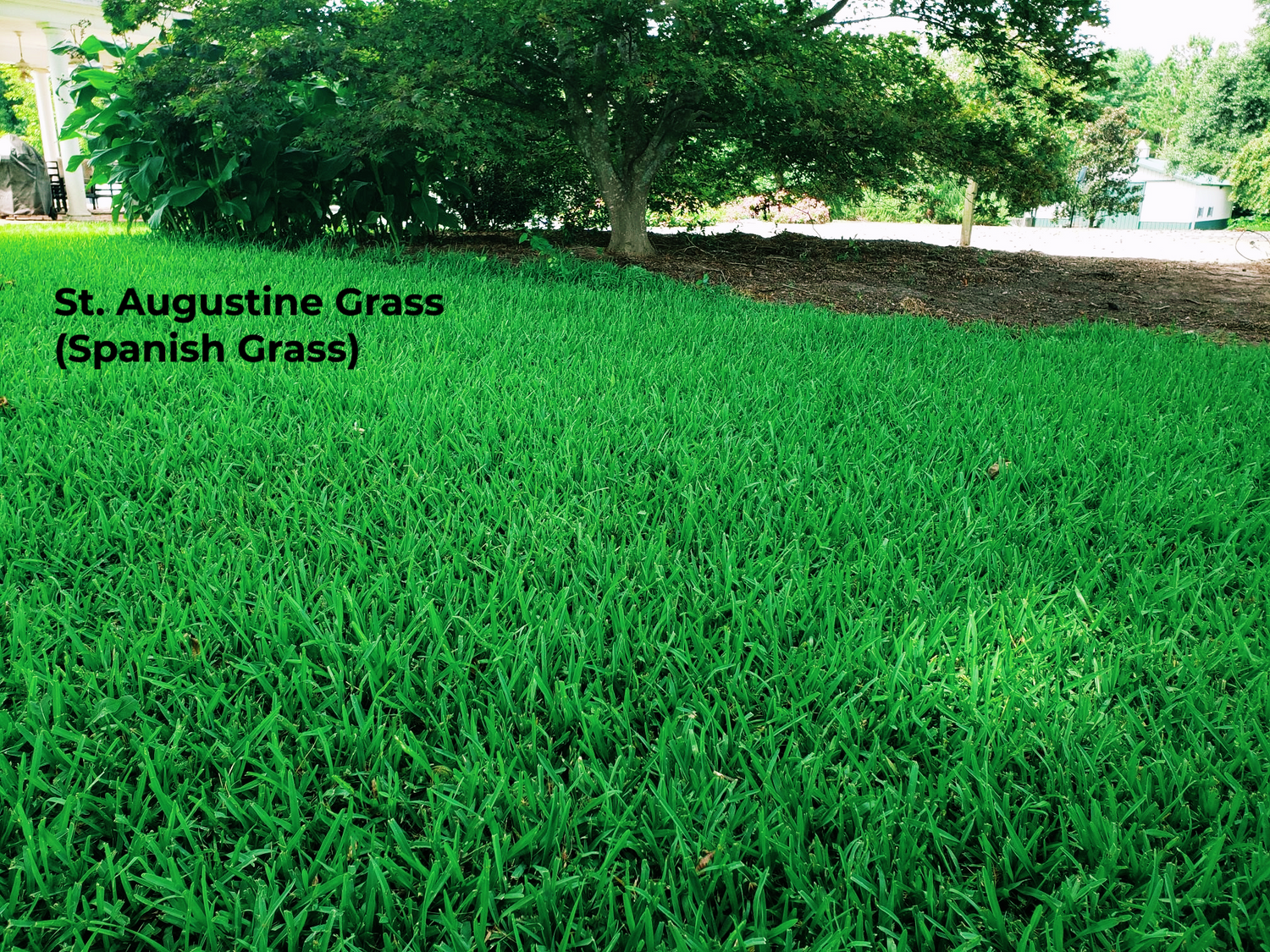
St. Augustine Grass (Spanish Grass)
MAINTENANCE NEEDS
Proper lawn maintenance practices are the best means for avoiding pest or stress problems and for maintaining a healthy lawn. St. Augustine grass requires proper nutrition to maintain good cover and healthy growth characteristics. During certain times of the year, it generally needs supplemental irrigation. Pesticides may be needed periodically, but their use can be minimized if other cultural practices (mowing, irrigation, fertilization) are done correctly.
HEAT TOLERANCE
St. Augustine grass is one of the most popular lawn grasses in the Gulf states. It has a good tolerance for heat and humidity. While the St. Augustine grass thrives in high temperatures (generally 20 - 45 °C), it also makes a good, dense turf, given its tolerance for soil salinity.
DROUGHT TOLERANCE
Irrigating on an "as-needed" basis is the best way to maintain any established, mature grass, as long as the proper amount of water is applied when needed. Apply ½–¾ inch of water per application. This applies water to roughly the top 8 inches of soil where the majority of the roots are.
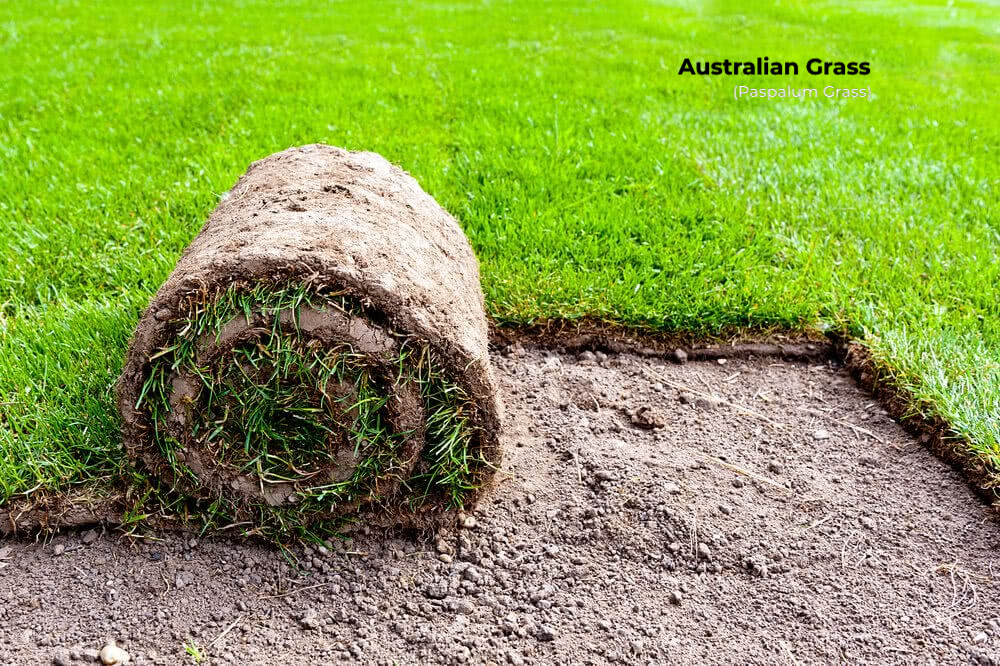
Paspalum Grass (Australian Grass)
MAINTENANCE NEEDS
All lawn grasses require mowing and fertilizing, but they vary significantly in those needs. Matching your grass to desired maintenance levels helps keep lawn care from becoming a burden. Paspalum grass is the fastest growing common warm-season lawn grass.
HEAT TOLERANCE
Paspalum grass is extremely heat tolerant — daytime temperatures of 28 to 40 degrees Celsius are optimal. Bermudagrass yields dense, resilient, heat-tolerant lawns.
DROUGHT TOLERANCE
Deep extensive roots of many warm-season grasses help them withstand drought better than other grasses. Most lawn grasses typically need at least 1 inch of water from rainfall or irrigation per week. During extended dry periods, even drought-tolerant Paspalum grass may need 1 to 1 1/2 inches per week to stay green and growing. Without enough water, they may enter a period of protective dormancy and go brown until water returns.
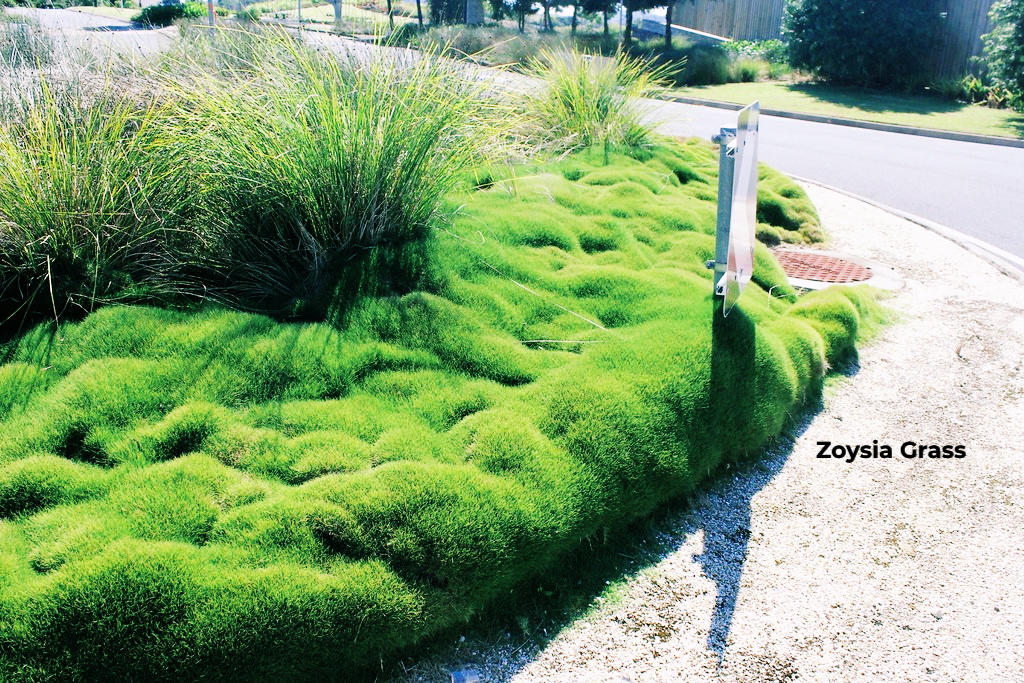
Zoysia Grass (Japanese or Chinese Grass)
MAINTENANCE NEEDS
All lawn grasses require mowing and fertilizing, but they vary significantly in those needs. Matching your grass to desired maintenance levels helps keep lawn care from becoming a burden. Zoysia grass needs less fertilizer and mowing, but thatch buildup can require dethatching, especially on fertilized lawns. common warm-season lawn grass.
HEAT TOLERANCE
Zoysia grass is also heat tolerant — daytime temperatures of 28 to 40 degrees Celsius are optimal. Zoysia grass yields dense, resilient, heat-tolerant lawns. Zoysia grass is also very cold tolerant relative to other warm-season grasses.
DROUGHT TOLERANCE
Zoysia grass may need 1 to 1 1/2 inches per week to stay green and growing. Without enough water, they may enter a period of protective dormancy and go brown until water returns.
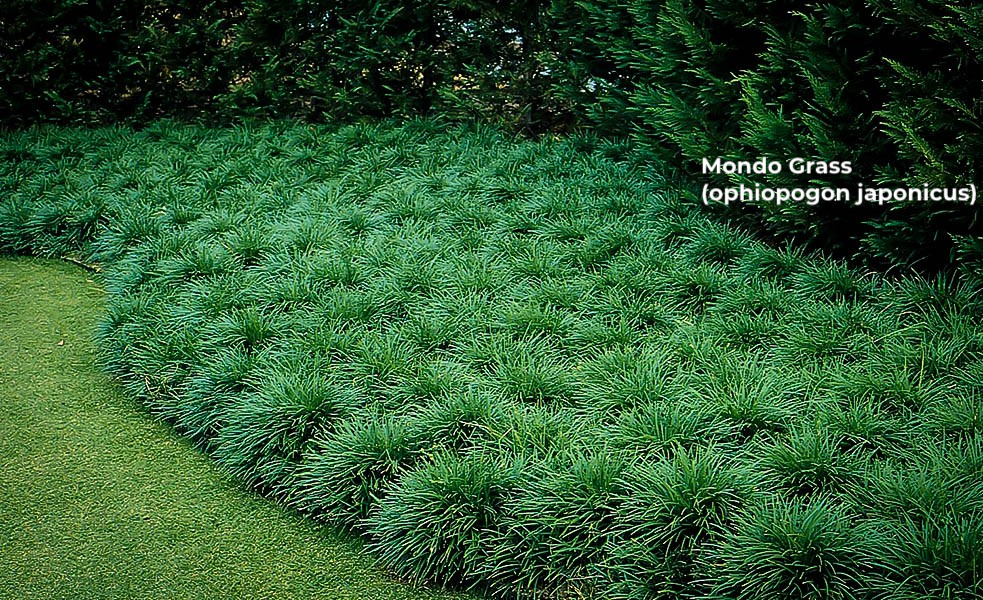
Ophiopogon Japonicus Grass (Mondo Grass)
MAINTENANCE NEEDS
The mondo grass is a hardy plant that grows in different weather conditions. All it needs is water, and it’s resilient to deer. You can grow the outdoor plant in partial shade, but the roots spread fast and thrive all year round.
mondo grass thrives best in rich, well-drained soil that is slightly humusy and acidic. Appropriate soil for planting the grass is loamy or sandy.
The best part is you can transplant them by removing an entire clump or divide the clumps for mass planting into smaller sections, as each division can have up to eight leaves with multiple rhizomes.
HEAT TOLERANCE
Mondo grass, a member of the lily family, is a grass-like plant that provides excellent groundcover in shady areas. 25 to 38 degrees Celsius Mondo grass is evergreen year-round in warm climates. In cooler areas, new growth begins in early spring. The species grows very slowly. As such, it is a low-maintenance species that requires very little mowing.
DROUGHT TOLERANCE
You can water mondo grass weekly and in extreme heat or grow in containers. They do need added water. The grass prefers well-drained soil, and the ground needs to remain moist. If submerged for a short period, they can also survive.
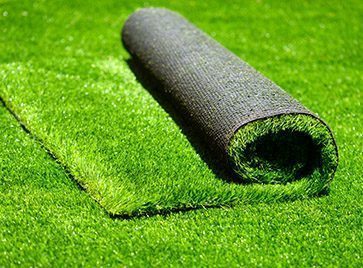
Artificial Grass
Who this is for
It’s easy to understand the appeal of a synthetic lawn, especially once you get a look at the convincing level of realism in a showroom full of the best engineered-turf options available today. Combined with the allure of low maintenance, water savings, and all-season greenery, that visual appeal can really make an artificial lawn seem like the best option available, especially if you’ve already invested time and money in a fruitless effort to grow real grass.
